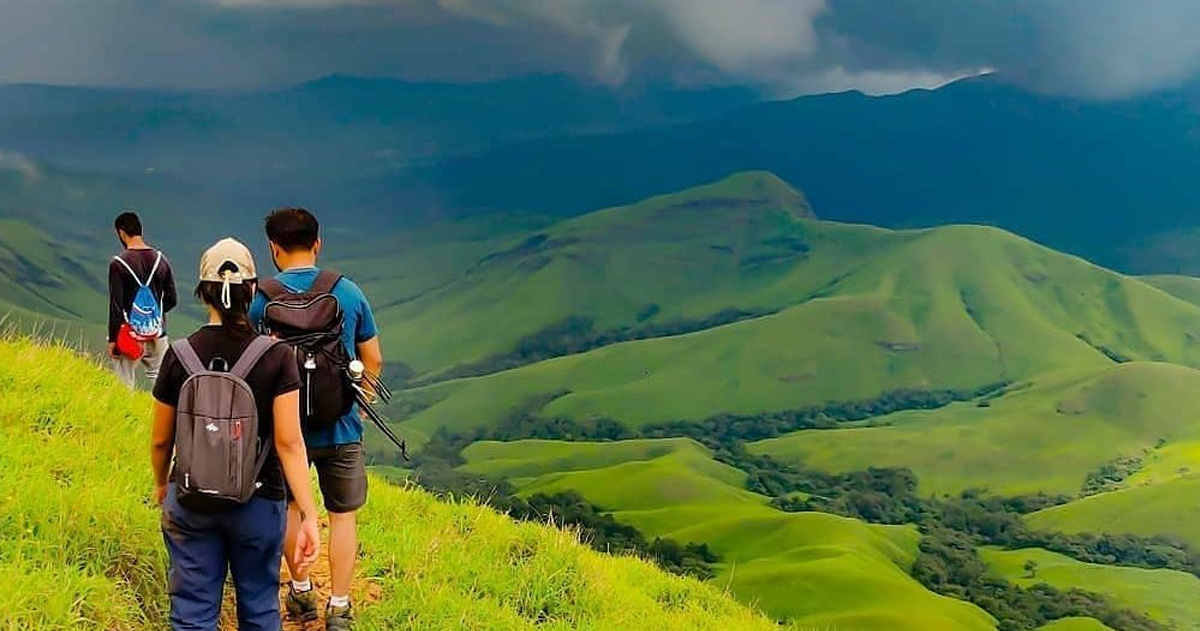About Mangalore

Mangalore (/ˈmæŋɡəlɔːr, ˌmæŋɡəˈlɔːr/ MANG-gə-lor, -LOR), officially known
as Mangaluru,[9] is a major industrial port city in the Indian state of
Karnataka and on the west coast of India. It is located between the Arabian
Sea and the Western Ghats about 352 km (219 mi) west of Bangalore, the state
capital, 14 km north of Karnataka–Kerala border and 297 km south of Goa.
Mangalore is the state's only city to have all four modes of transport—air,
road, rail and sea. The population of the urban agglomeration was 619,664
according to the 2011 national census of India. It is known for being one
of the locations of the Indian strategic petroleum reserves.
The city developed as a port in the Arabian Sea during ancient times, and after
Independence a new port was constructed in 1968 and has since become a major port
of India that handles 75 percent of India's coffee and cashew exports. It is also
the country's seventh largest container port. Mangalore has been ruled by several
major powers, including the Mauryan empire, Kadambas, Alupas, Vijayanagar Empire,
Keladi Nayaks, and the Portuguese. The city was a source of contention between the
British and the Kingdom of Mysore rulers Hyder Ali and Tipu Sultan, and was eventually
annexed by the British in 1799. Mangalore remained part of the Madras Presidency until
India's independence in 1947 and was unified with Mysore State (now called Karnataka)
in 1956.
Chikkamangalur Is famous for

Chikmagalur is the region where the Hoysala rulers started and spent the
early days of their dynasty. According to a legend, it was at Sosevur, now
identified with Angadi in Mudigere Taluk that Sala, the founder of the Hoysala
dynasty, killed the legendary tiger, immortalised in the Hoysala crest.[4][5]
It is known that Veera Ballala II (1173 – 1220 CE), the great king of
Hoysala empire, has built the Amriteshwara temple at Amrithapura in Tarikere
Taluk.
Coffee was introduced into India through the Chikmagalur district when the first coffee crop was grown in
the baba budan giri range during 1670 AD.[3] The saint Baba Budan on his pilgrimage to Mecca travelled
through the seaport of Mocha, Yemen where he discovered coffee. To introduce its taste to India, he wrapped
seven coffee beans around his belly and got them out of Arabia. On his return home, he planted the beans in
the hills of Chikmagalur.[2]
